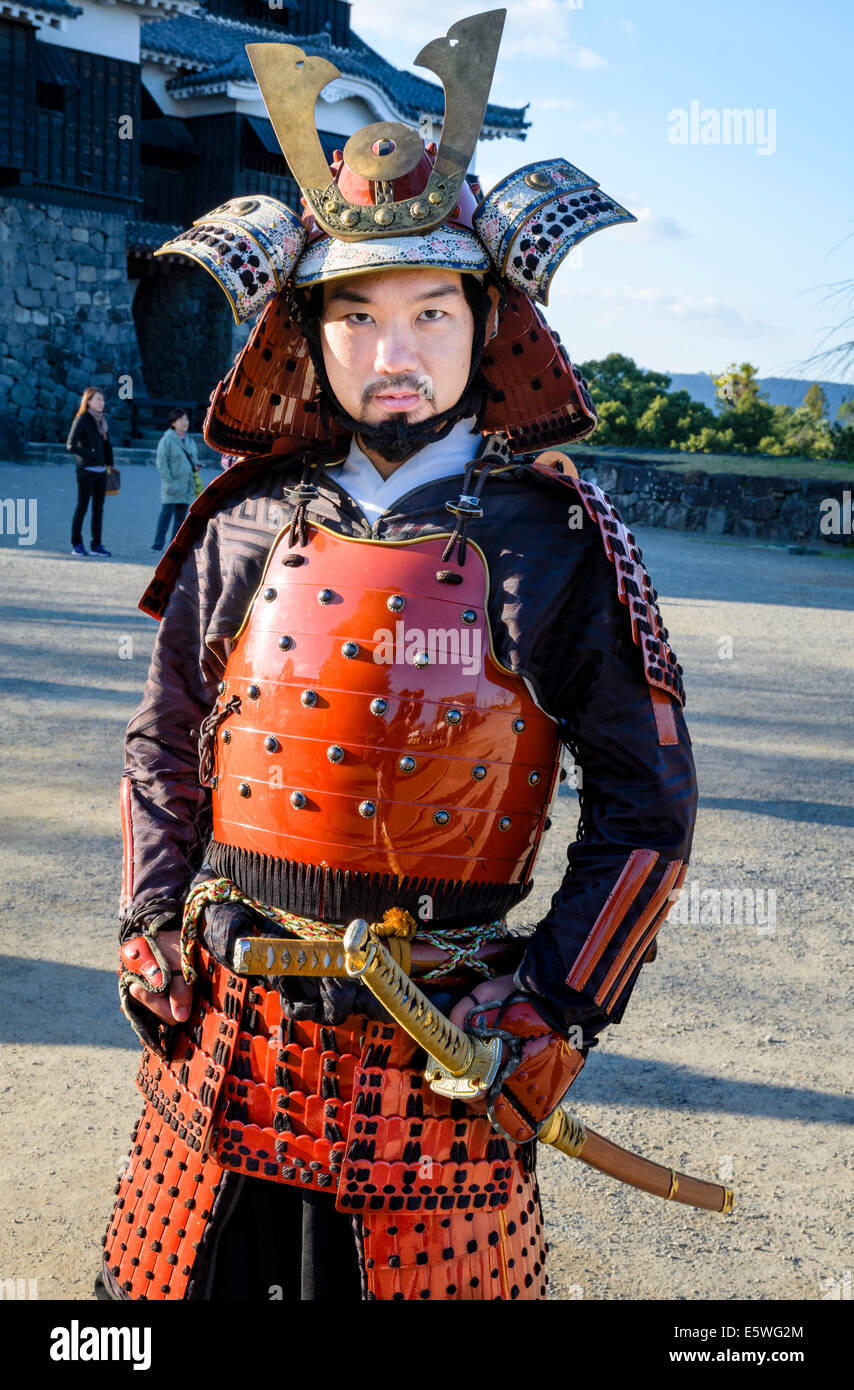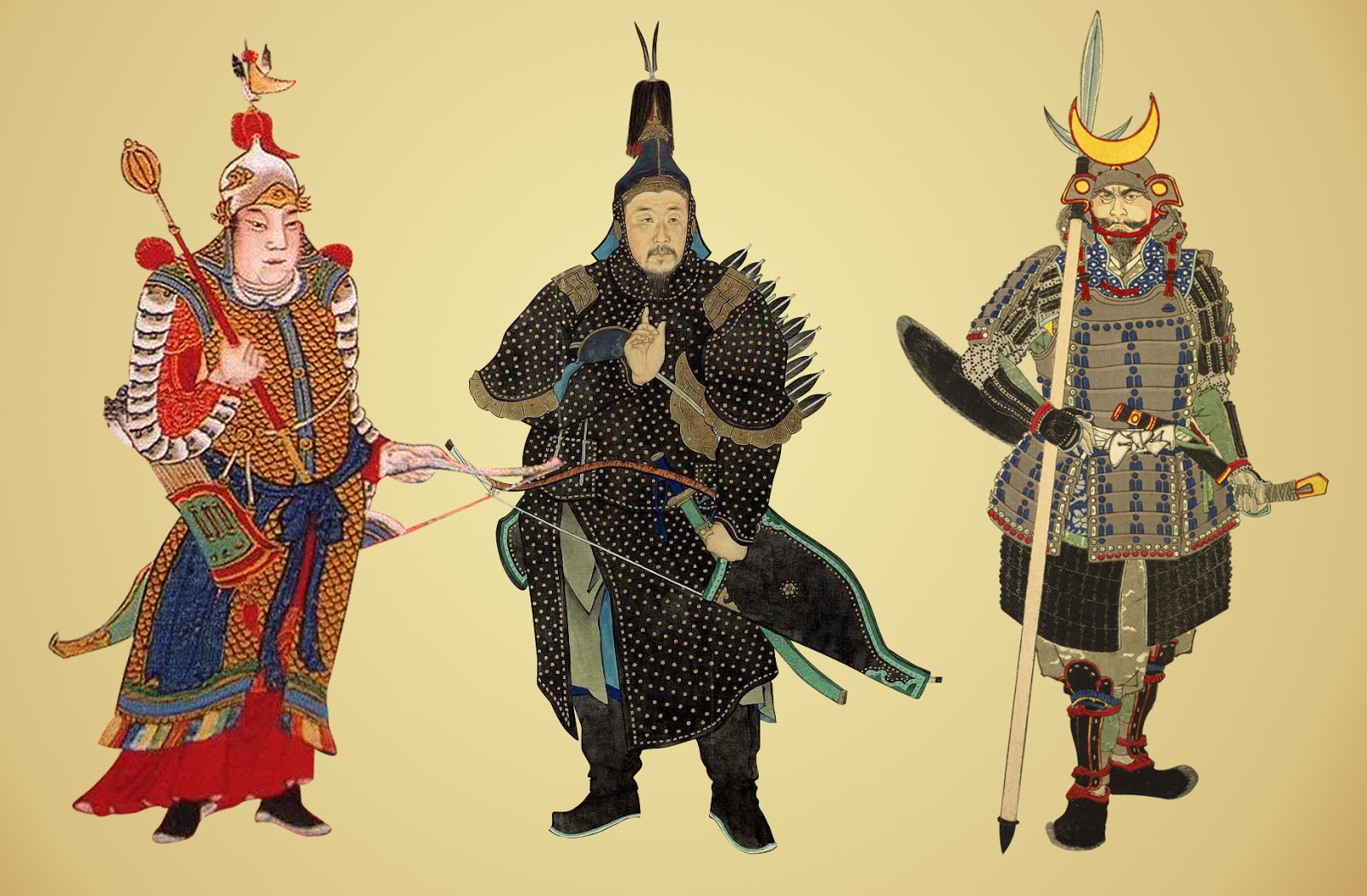
Ming Female Warrior Chinesearmor Warrior woman, Chinese armor, Warrior
Han dynasty lamellar armour. Chinese armour was predominantly lamellar from the Warring States period (481 BC-221 BC) onward, prior to which animal parts such as rhinoceros hide, rawhide, and turtle shells were used for protection. Lamellar armour was supplemented by scale armour since the Warring States period or earlier. Partial plate armour was popular from the Eastern and Southern.

Chinese Ming dynasty female warrior Warrior woman, Chinese armor
Check out our asian warrior armor selection for the very best in unique or custom, handmade pieces from our costumes shops.

CGTalk Chinese warrior, Tsai jen chich (3D) Chinese warrior
Famous Warrior Armors. Handmade golden takeda clan japanese samurai armor with whit. 3,899.00 USD. Handmade sanada nobuyuki clan japanese samurai armor with bl. 4,899.00 USD. Handmade japanese samurai armor for honda tadakatsu, life si. 3,899.00 USD.

Tang dynasty warrior Chinese armor, Chinese warrior, Ancient armor
Free U.S. Shipping. 2,999.00 USD. Add to Cart. Traditional Samurai Armor Samurai Armor Costume Authentic Samurai Armor Female Samurai Armor Full Samurai Armor. Embark on a captivating journey through time with our extraordinary Ancient Japanese Warrior Armor collection, an homage to the bravery and heritage of the samurai.

Female Armor, Female Character Design, Character Design Inspiration
Posted 7 years ago. Direct link to Jules93's post "The samurai warrior armor.". The samurai warrior armor is made of heavy metal and was put together with lace, leather, and silk. The armor was made to be sturdy, yet also flexible enough for the warriors to move around more when in battle.

Pin by Rob on RPG female character 4 Female samurai art, Female
The cuirass (do) featured different construction—scales, lamellae or full-plate—during different periods of Japanese history.It is the largest part of any armour and its type 4 gives an armour its name. For example, aka-ito-odoshi-no do-maru gusoku means "armour of scale construction with cuirass, which wraps around the body and red-colored lacing," and kiritsuke-kozane ni-mai do gusoku.

Japanese man wearing traditional samurai armour / armor, including
Japanese armor was meant to protect samurai on the battlefield, but it was also a detailed work of art produced through skilled craftsmanship. Samurai sought.

Xingcai from Dynasty Warriors Fantasy girl, Warrior woman, Dynasty
The armor of a Japanese warrior is known to have evolved from the Korean and Chinese pieces. Helmets and cuirasses were produced in Japan as early as the 4th century. During the years 794 to 1185 of the Heian period, these cuirasses evolved and developed into a more common style of armor that was utilized by the samurai class. It was called the.

ancient chinese costumes for men chinese armor costume chinese warrior
This included the addition of certain pieces such as the menpo (chin strap). 1. Samurai Helmet. Japanese Samurai Helmet, 18th Century, Met Museum. Perhaps the most distinctive and recognizable piece of the samurai's armor is the helmet or kabuto. The unique design of the Japanese warrior's helmet makes him instantly recognizable as a.

Ming Female Warrior Chinesearmor Warrior woman, Warrior outfit
As far back as the seventh century Japanese warriors wore a form of lamellar armor, which evolved into the armor worn by the samurai. The first types of Japanese armor identified as samurai armor were known as ō-yoroi and dō-maru. These early samurai armors were made from small individual scales known as kozane.

Ming dynasty warrior Dynasty warriors, Historical clothing, Chinese
Travel back in time and discover remarkable objects that illuminate the life, culture, and pageantry of these revered and feared Japanese warriors—from one of the best and largest collections in the world. "Samurai! Armor from the Ann and Gabriel Barbier-Mueller Collection" features the extraordinary artistry of the armor used by samurai.

Pin on Samurai
During the Qin dynasty (c. 221 to 206 BCE), Chinese warriors wore elaborate suits of armor, each one consisting of more than 200 pieces. Much of what historians know about this armor comes from the roughly 7,000 life-sized terracotta warriors found in the mausoleum of Emperor Qin Shi Huang (260 to 210 BCE), which appear to be modeled onto distinct, individual warriors.

Fantasy Female Warrior, Warrior Girl, Female Art, Warrior Princess
Samurai: Japanese arms & armour. The word samurai derives from the term meaning 'one who serves' and refers to those allegiances to the military groupings which evolved around the 10th century to protect and expand their provincial domains. They had a profound effect on the military and political state of the country, but they also formed.

Pin by Rockyedge on Orkin/goblins in 2020 Warrior, Chinese armor
Images of the Samurai, Japan's Warriors. People the world over are fascinated by the samurai, medieval Japan's warrior class. Fighting according to the principles of "bushido" - the way of the samurai, these fighting men (and occasionally women) had a profound influence on Japanese history and culture. Here are images of the samurai, from.

Pin on Sexy Armour
Zhou & Qin Armour. By the middle of the Zhou dynasty (1046-256 BCE) a more flexible armour was devised, made of small overlapping rectangles of leather held together using leather thongs, hemp cord or rivets, and made into the form of a tunic. Each piece of leather was hardened by tanning and lacquering.

Ming, Qing and Japanese armour components A brief introduction and
This is a fairly old book since it was first published in 1996, but it remains the best English-language introduction to the history of the warrior class in ancient Japan. In English, Japanese warriors are usually referred to as 'samurai'. Although this is a Japanese word, it is a term that is not used all that often in Japanese.